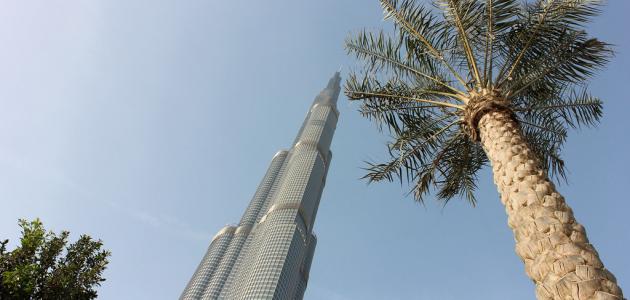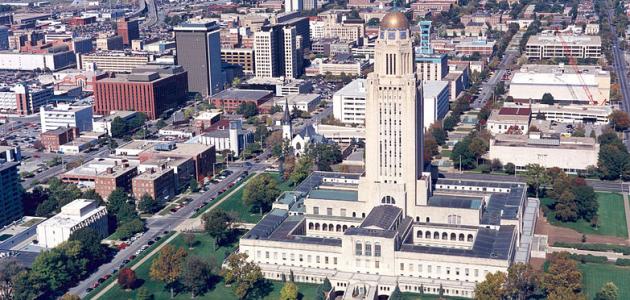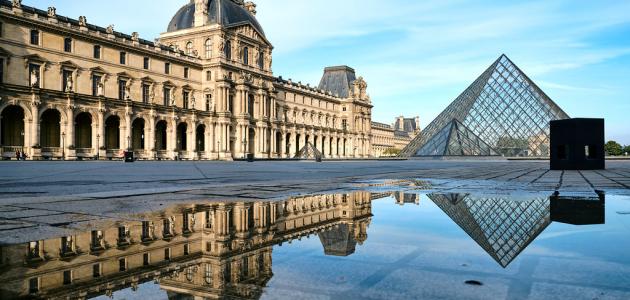Table of Contents
Pharaonic civilization
The Pharaonic civilization is considered one of the most powerful civilizations that succeeded in the Arab Republic of Egypt, and it has many features that were recognized as the science progressed, as the Pharaonic civilization left behind many of the effects that it demonstrated, and showed the extent of the progress that it experienced.
Facts about the pharaohs
Among the facts of the Pharaohs and their well-known works:
- The pharaoh was a keen nafar with a number of slaves of dark color who accompanied him on his travels with honey, so that flies would not bother him.
- Pharaohs used moldy bread in treating injuries. Penicillin was found to be in moldy bread, and then antibiotics were made.
- The Pharaohs intended to empty all the organs of the dead, in order to embalm it, from the brain to the intestine, and to be placed in special containers, but the heart remains in place, thinking that it is the center of the soul.
Pharaonic antiquities
There are many pharaonic relics in the city of Egypt :
- On City: It is one of the oldest capitals in the world, and it has several names such as: Ain Shams and Helio Polis, and its ruins were destroyed, and only the rainy obelisk, or the obelisk of King Senusert, were left.
- Giza PyramidsThe pyramids of Giza are considered among the wonders of the seventh world, as the scholars solved the mystery of their construction a short time ago, and these three pyramids are: Khufu, Khafra, and Menkaure. The area also includes the tombs of the Fourth Pharaonic family, the tombs of the men of the state, and the workers of these pyramids.
- The pyramid of Khufu: It is the first pyramids to be built, and took twenty years to build.
- Khafre Pyramid: It contains the funerary temple, and is located to the east of the temple, and the valley temple whose walls were streaked with 23 statues of Khafra.
- Menkaure Pyramid: It is the smallest of the three pyramids, and was built on the edge of the plateau.
- sphinx: The construction of the Sphinx is attributed to the pharaoh Khafra, where the sphinx consists of a statue that has a human head and is a Khafra.
- Saqqara area: It contains many pharaonic monuments, such as: the Step Pyramid of Djoser, which was built of fragile limestone.
- North Sina region: It contains many archeological sites, such as:
- Abu Saifi Hill: Remains of a temple were found in the construction of Seti I and Ramses II of the god Horus, and the remains of a Romen camp were found in which Latin writings of the emperors Diocesian and Maximian were found, and a cemetery containing stone sarcophagi and hieroglyphic inscriptions was found on it.
- Hill Habwah, appointed by the Almighty.
- Dahshur region: It contains many pharaonic monuments, such as the pyramids, including the curved pyramid, and the red pyramid, which is the first pyramid that has been completed.
- Nefertiti Bust: It is a statue that dates back to the shape of the wife of the Pharaoh Akhenaten, and it carries only the head and neck, and symbolizes femininity, and is 47 centimeters long and 20 kilograms long, and it is a representation of classical Egyptian art.








